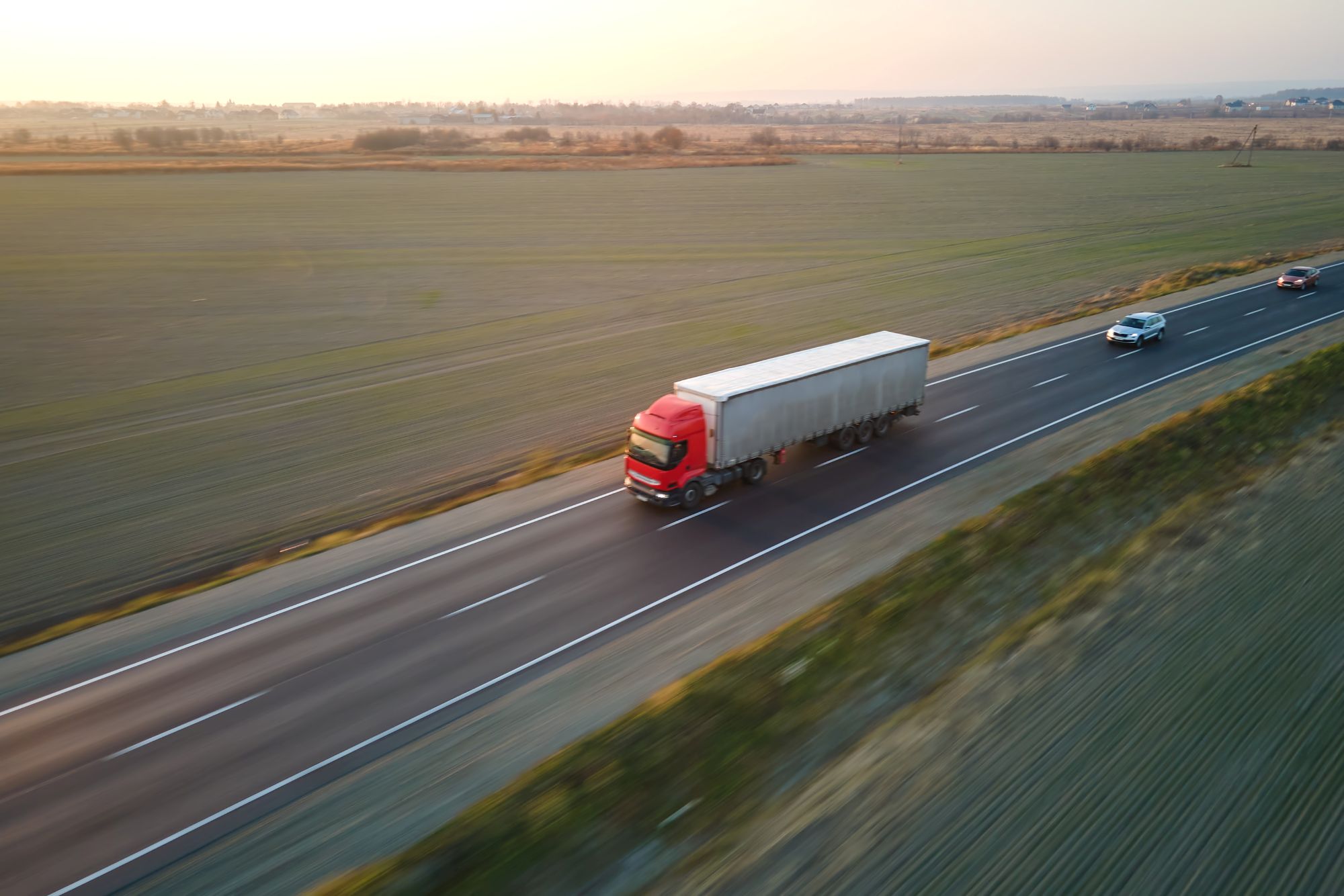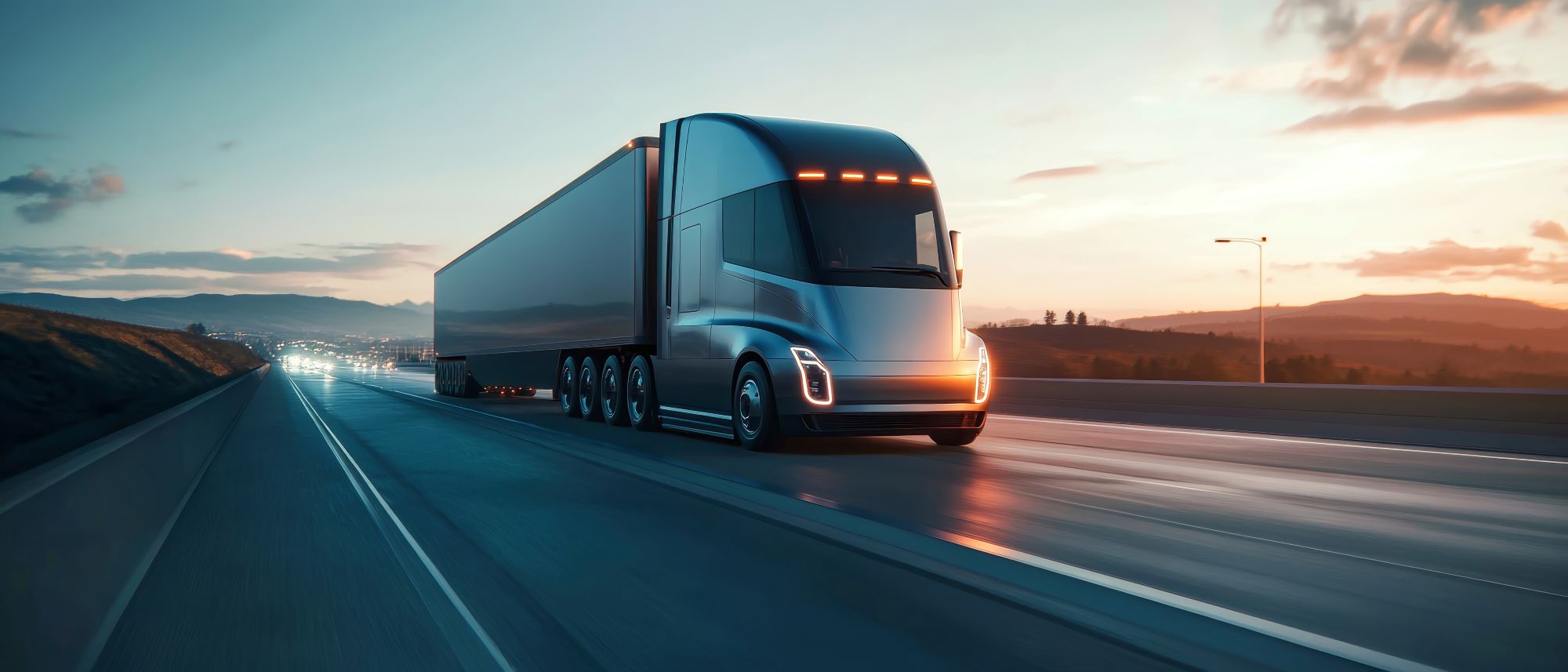
Miranda Blake
Chauffeurs ontevreden over truckstops: Wat is het probleem?
Gemaakt: 11-11-2024
•
Bijgewerkt: 09-12-2025
Uit een [recent onderzoek] (https://d3cez36w5wymxj.cloudfront.net/wp-content/uploads/2024/11/04184443/Lorry-Driver-Facilities-Survey.pdf) van de onafhankelijke waakhond Transport Focus blijkt dat bijna de helft van de vrachtwagenchauffeurs niet tevreden is over het aantal en de kwaliteit van de stopplaatsen voor vrachtwagens in Engeland. Ze vinden ook dat de kwaliteit het afgelopen jaar is verslechterd.
Hier bij SNAP hebben we een netwerk van truckparken die superieure services bieden (we zullen binnenkort zelfs onze eigen awards uitreiken voor de beste truckstops!) Dus als er genoeg geweldige parken zijn, rijst de vraag: waarom zijn chauffeurs zo ongelukkig?
Een diepere duik in het probleem
Laten we eerst eens kijken waar ze niet tevreden over zijn. Chauffeurs zeggen dat ze zich niet bij elke halte welkom en veilig voelen. Bovendien zijn ze niet in staat om goed uit te rusten of van een goede maaltijd te genieten. Een deel van de feedback was dat er niet altijd gezond voedsel beschikbaar is of schone douches en toiletten. Een vrouwelijke chauffeur merkte ook op dat er geen douche is in het damestoilet - wat betekent dat ze geen andere keuze had dan zich in het herentoilet te wassen.
Het is echter belangrijk om erop te wijzen dat de statistieken afkomstig zijn van degenen die ervoor kozen om hun pauzes op deze rustplaatsen te nemen, dus er is waarschijnlijk sprake van een zekere mate van tevredenheid. Bovendien werden chauffeurs in het onderzoek slechts gevraagd naar hun ervaringen bij een derde van het totale aantal truckstops, snelwegrestaurants en stopplaatsen op A-wegen in Engeland. Bovendien waren er veel truckparkings die een tevredenheidsscore van minstens 95% behaalden, met een algemene tevredenheid van 86%.
Dus misschien is het probleem niet zo groot als het lijkt. Maar de industrie kan het zeker niet negeren - zeker gezien onze bevindingen.
Wat het onderzoek van SNAP ontdekte
We ontdekten dat 70% van de chauffeurs lay-bys verkoos boven tankstations of truckstops, met als belangrijkste reden onvoldoende veiligheid. Ze hebben bijvoorbeeld eerder meegemaakt dat hun gordijnen werden doorgeknipt. Het is echter de moeite waard om op te merken dat de politie van Cambridgeshire in 2023 46% van de ladingdiefstallen in straten of parkeergarages meldde, vergeleken met 27% bij tankstations - wat suggereert dat chauffeurs zich misschien op de verkeerde plek zorgen maken.
Op onze social media-pagina's gaf meer dan de helft van de vrachtwagenchauffeurs aan dat ze vonden dat de rustplaatsen in het Verenigd Koninkrijk niet veilig en beveiligd waren in vergelijking met die in Europa. En van de plaatsen die wel een hoger beveiligingsniveau hebben, heeft 70% gezien dat deze aan het begin van de avond vol waren.
Hoewel dit betekent dat er onvoldoende is om aan de vraag te voldoen, hebben veel van onze sites een fantastische beveiliging. Degenen die dat niet hebben, zouden dus moeten overwegen hoe ze dit kunnen verbeteren.
CCTV op een vrachtwagenparking](https://prodsnapstorage.blob.core.windows.net/public-news/5b43142f-e9c9-4c0a-a957-a1fd036f7950-TG_SNAP%20-46-v3.jpg)
Vrachtwagenparken het hoogste beveiligingsniveau geven
We bieden een verscheidenheid aan diensten om de ervaring rondom te verbeteren - waaronder onze toonaangevende beveiligingspakketten via SNAP Access & Security. Van ANPR-camera's en slagbomen tot CCTV, wij zorgen voor de beste bescherming voor truckstops en dus voor chauffeurs en alle lading van vloten.
Je kunt meer te weten komen over SNAP Access & Security, of ontdek onze andere diensten (zoals parkeren en wassen) hier.



